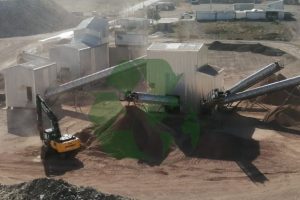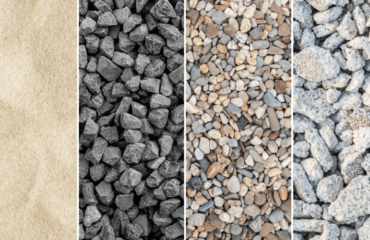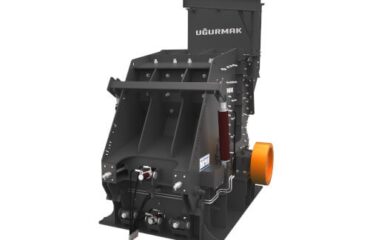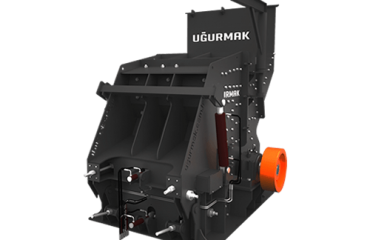It is almost impossible to think of a building without at least one concrete component, which has been used extensively in buildings of a wide variety of scales since Roman times. In fact, it is the most used construction material in the world due to its versatility, resistance, ease of use, accessible value, aesthetics, among other factors. At the same time, however, its production is one of the main pollutants of the atmosphere, mainly due to the fact that the cement industry emits about 8% of all global carbon dioxide CO2 emissions. Beyond its intensive production, is it possible to continue to use concrete, which is such a hard, heavy material and consists of cement, water, stone and sand, in a sustainable way even after it is demolished, eliminating waste and overload in landfills? The answer is yes. Although it is not so simple, it is possible to produce new structural parts that are well resistant to loads and use concrete residues for noble uses. First of all, it is important to understand that the intensive extraction of sand and gravel (medium and large concrete aggregates, respectively) has a large environmental impact, although they are usually mined locally. Although cement is the material that emits the most carbon dioxide during its production, trying to conserve natural resources by reducing the need to extract gravel and sand is already a huge environmental gain, especially if we consider the amount of concrete produced daily. 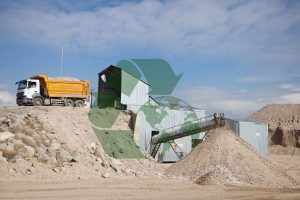 In practice, after the demolition of structural parts, it is possible to classify the parts according to their dimensions by crushing the concrete by means of special machines. Metals such as rebar are acceptable because they can be separated with large magnets to be recycled later. Only pigments containing contaminants such as calcium sulfate, chlorides and oils can deteriorate the properties of concrete and should not be used as raw materials. Whenever possible, it is recommended to carry out the crushing on site, which reduces the costs and pollution caused by transporting it to the quarry. About 60% of what is milled can be used for recycling or incomplete recycling processes. (Recovery of materials with a more limited area of use than the original material). These parts can be used as base materials for structures such as roads, for example. It is also possible that the remaining aggregate will replace the gravel present in the concrete in accordance with the granulometry specified in the project. In other words, crushed concrete is used instead of natural stone. There are already laws that cover the use of recycled concrete and the due diligence to be taken. The guideline of the German Structural Concrete Committee, for example, stipulates a limit of 45% for the proportion of recycled aggregate. However, in 2006, material tests in Switzerland showed that high-quality concrete can be produced even when more than 90% of its aggregates are recycled. The resulting concrete ends up having structural properties very similar to conventional ones.
In practice, after the demolition of structural parts, it is possible to classify the parts according to their dimensions by crushing the concrete by means of special machines. Metals such as rebar are acceptable because they can be separated with large magnets to be recycled later. Only pigments containing contaminants such as calcium sulfate, chlorides and oils can deteriorate the properties of concrete and should not be used as raw materials. Whenever possible, it is recommended to carry out the crushing on site, which reduces the costs and pollution caused by transporting it to the quarry. About 60% of what is milled can be used for recycling or incomplete recycling processes. (Recovery of materials with a more limited area of use than the original material). These parts can be used as base materials for structures such as roads, for example. It is also possible that the remaining aggregate will replace the gravel present in the concrete in accordance with the granulometry specified in the project. In other words, crushed concrete is used instead of natural stone. There are already laws that cover the use of recycled concrete and the due diligence to be taken. The guideline of the German Structural Concrete Committee, for example, stipulates a limit of 45% for the proportion of recycled aggregate. However, in 2006, material tests in Switzerland showed that high-quality concrete can be produced even when more than 90% of its aggregates are recycled. The resulting concrete ends up having structural properties very similar to conventional ones. 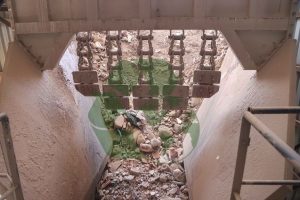 Although it is highly recommended to reuse aggregates for the production of new concrete structures, it is important to note that this does not represent a closed cycle for the recycling of the material, since the new structure cannot be made of crushed concrete without the addition of more cement, sand. In fact, research carried out in Switzerland has shown that the use of recycled aggregate can even preserve abiotic raw materials (gravel sand), but increase energy consumption and greenhouse gas emissions if more cement is used due to a greater number of voids. When we approach the topic of sustainability, the most important thing is to understand the variables and factors that affect the final result. There is research focused on making concrete a more sustainable material, and new studies on the subject emerge every day.
Although it is highly recommended to reuse aggregates for the production of new concrete structures, it is important to note that this does not represent a closed cycle for the recycling of the material, since the new structure cannot be made of crushed concrete without the addition of more cement, sand. In fact, research carried out in Switzerland has shown that the use of recycled aggregate can even preserve abiotic raw materials (gravel sand), but increase energy consumption and greenhouse gas emissions if more cement is used due to a greater number of voids. When we approach the topic of sustainability, the most important thing is to understand the variables and factors that affect the final result. There is research focused on making concrete a more sustainable material, and new studies on the subject emerge every day. 